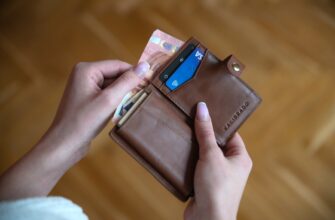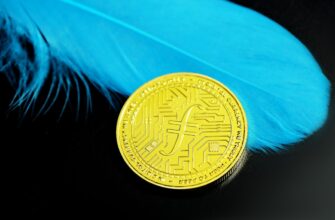- Introduction: The Allure and Anxiety of Anonymous Account Recovery
- What Does “Anonymous Account Recovery” Actually Mean?
- The Hidden Risks of Anonymous Account Recovery
- Balancing Safety and Anonymity: Best Practices
- When Is Anonymous Recovery Worth Considering?
- How Service Providers Handle Anonymous Recovery Attempts
- FAQ: Anonymous Account Recovery Explained
- Conclusion: Safety First, Anonymity Second
Introduction: The Allure and Anxiety of Anonymous Account Recovery
Forgotten passwords and locked accounts are digital nightmares. In an era of data breaches and privacy concerns, many users wonder: is it safe to recover an account anonymously? While anonymity promises protection from prying eyes, it also introduces unique risks. This guide explores the safety landscape, revealing when anonymous recovery works, when it backfires, and how to protect yourself during the process.
What Does “Anonymous Account Recovery” Actually Mean?
Anonymous account recovery refers to regaining access to an online account without disclosing identifiable personal details (like your full name, phone number, or physical address) to the service provider or third parties. Methods often include:
- Using masked or temporary email addresses
- Recovery via encrypted messaging apps
- Leveraging privacy-focused authentication tools
- Bypassing SMS/phone verification
While appealing for privacy advocates, this approach conflicts with standard security protocols designed to verify legitimate ownership.
The Hidden Risks of Anonymous Account Recovery
Prioritizing anonymity can inadvertently compromise security. Key dangers include:
- Phishing Scams: Fake “anonymous recovery” services steal credentials.
- Account Hijacking: Attackers exploit weak verification to seize accounts.
- Data Vulnerability: Unencrypted recovery methods expose sensitive info.
- Permanent Lockout: Providers may flag anonymous attempts as suspicious, blocking access.
- Legal Gray Areas: Bypassing ID checks may violate terms of service.
Ironically, seeking anonymity can make you more visible to malicious actors if done carelessly.
Balancing Safety and Anonymity: Best Practices
If anonymity is non-negotiable, implement these safeguards:
- Use Official Channels Only: Never share credentials with third-party “recovery” services.
- Employ Encrypted Tools: ProtonMail or Signal for communications; avoid SMS.
- Leverage Privacy-Focused Authentication: Hardware keys (YubiKey) or authenticator apps (Authy).
- VPN + Tor Browser: Mask IP addresses during recovery attempts.
- Verify Site Legitimacy: Check URLs for HTTPS and official domains to avoid clones.
Remember: Complete anonymity is rare—most platforms require some verification trace.
When Is Anonymous Recovery Worth Considering?
Anonymity may be justified in high-risk scenarios:
- Whistleblowing or Activism: Protecting identity in politically sensitive regions.
- High-Profile Individuals: Avoiding targeted attacks or doxxing.
- Compromised Personal Data: If your phone/email is breached, avoid reusing them.
For everyday accounts (social media, streaming), standard recovery is generally safer.
How Service Providers Handle Anonymous Recovery Attempts
Platforms like Google or Facebook use layered verification:
- Device recognition (IP, browser fingerprints)
- Backup codes or pre-set security questions
- Alternate email/phone verification
Anonymous methods often trigger fraud alerts, delaying or denying access. Providers prioritize proof of ownership over anonymity—expect hurdles.
FAQ: Anonymous Account Recovery Explained
Q1: Can I recover an account with zero personal info?
A: Unlikely. Most platforms require at least one verified contact method (email/phone) tied to your account during setup. Truly “anonymous” recovery is rare and risky.
Q2: Are password managers safe for anonymous recovery?
A: Yes—tools like Bitwarden or KeePass store credentials locally and generate strong passwords. However, recovering the manager itself may require email verification.
Q3: What if I lose access to my anonymous recovery email?
A: You risk permanent lockout. Always have a backup method (like printed codes) or use services with decentralized recovery (e.g., some crypto wallets).
Q4: Do VPNs make anonymous recovery safer?
A: VPNs hide your IP but don’t bypass account verification. They prevent location tracking but use them alongside encrypted tools for best results.
Conclusion: Safety First, Anonymity Second
While recovering an account anonymously is possible in specific cases, it often trades security for privacy. Legitimate platforms embed verification to protect users—bypassing these can invite greater risks. If anonymity is essential, combine encrypted tools with official recovery paths, and always prioritize phishing awareness. Your data’s safety hinges not on invisibility, but on vigilant, layered protection.








